The Identity of the Collection
The Gallery of Matica Srpska is the only national museum not founded by the state, but by the oldest Serbian literary, cultural, and scientific institution, the Matica Srpska. Being under the patronage of Matica Srpska meant that the Gallery collection relied heavily on the contributions of painters – scholarship holders of the Matica Srpska’s various foundations. In this way, the Gallery developed alongside its contemporaries. Having said that, in order to understand the Gallery of Matica Srpska, one should be familiar with its biography and the identity of the collection, which emerged from an interplay of the activities of painters-scholarship holders and great benefactors, and gift collections. The history of the Gallery of Matica Srpska is one marked by a series of pivotal events: the decision to establish the Museum within the Matica Srpska in 1847, relocating the Matica Srpska to Novi Sad in 1864, opening the Museum to the public in 1933, gaining independence and creating an autonomous institution in 1947, completely professionalizing its work and opening a permanent exhibition in its present-day building in 1958, and, lastly, acquiring the status of a national gallery in 2006, after the Republic of Serbia had regained its independence. During the journey from Budapest to Novi Sad, the collection changed its purpose and objectives: initially a collection of portraits of prominent Serbs, it morphed into a collection of historical and religious compositions, ultimately shifting its focus towards contemporary artists.
The art collection, which has been developing and growing for nearly two centuries, and which pulsates in harmony with the times, is what makes the Gallery of Matica Srpska unique. Among the countless works, those that we refer to as the “most important“ in the collection stand out for their artistic and esthetic qualities, as well as their historical, social, and cultural significance. Visitors describe such works as the most representative, for they offer them new insights, prompt them to contemplate and analyze, evoke emotions or simply spark a feeling of beauty and pleasure. Keeping in step with the life and pulse of the collection, we present you with one possible selection that solidifies the status of the Gallery of Matica Srpska as a treasury of national art and culture.
In selecting the most representative works from the collection of the Gallery of Matica Srpska, we were guided by the following criteria: 1) the time frame of the development of Serbian national art – from the first decades of the 18th century to the end of the 20th century, 2) the themes explored – from religious art, portraits and historical compositions, to still life paintings and nudes, 3) the diversity of artistic techniques employed, 4) the oeuvre of some of the most renowned national artists.
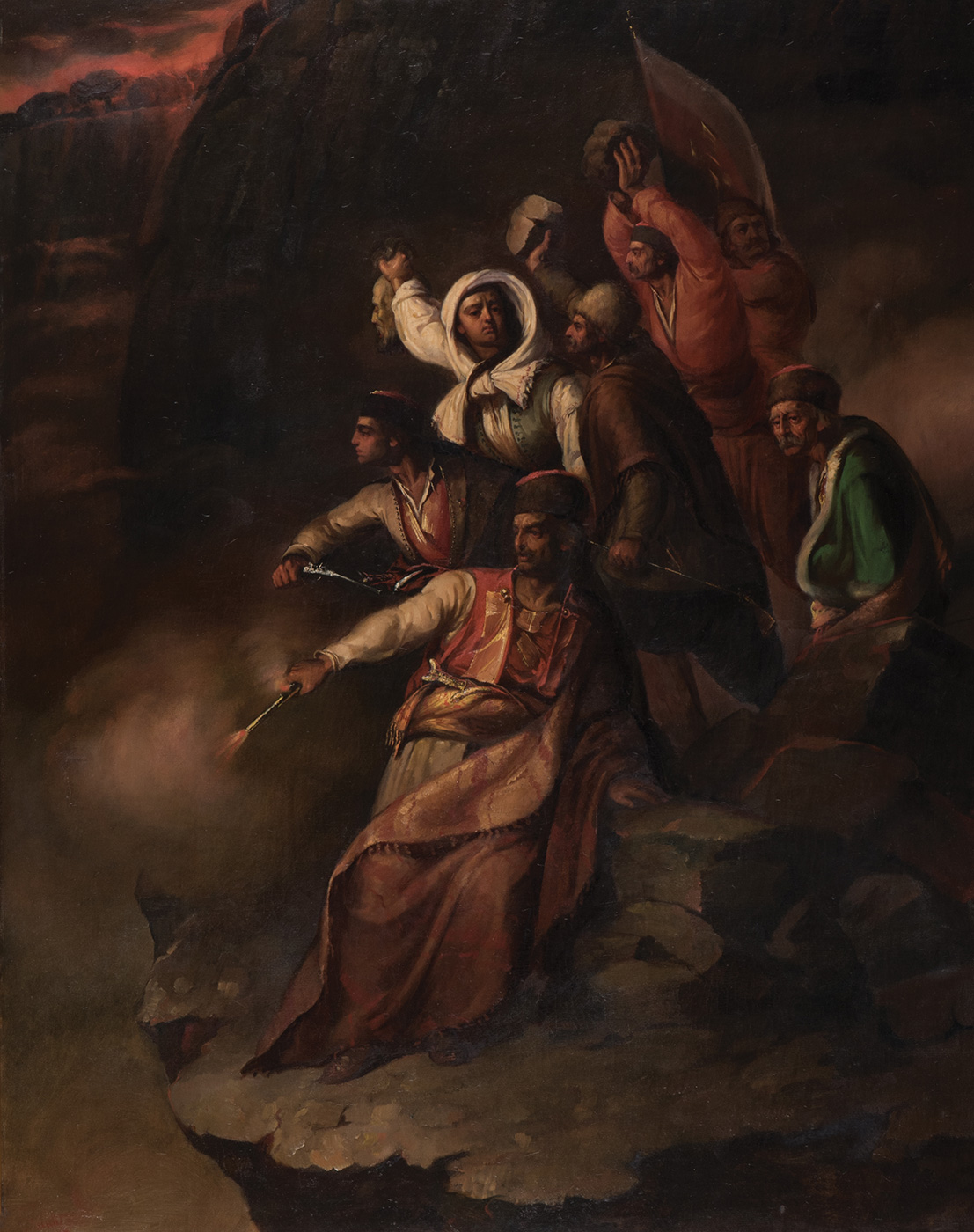
Georgije Đura Jakšić
The Montenegrin Uprising, 1862

Milan Konjović
A Model in the Studio, 1932
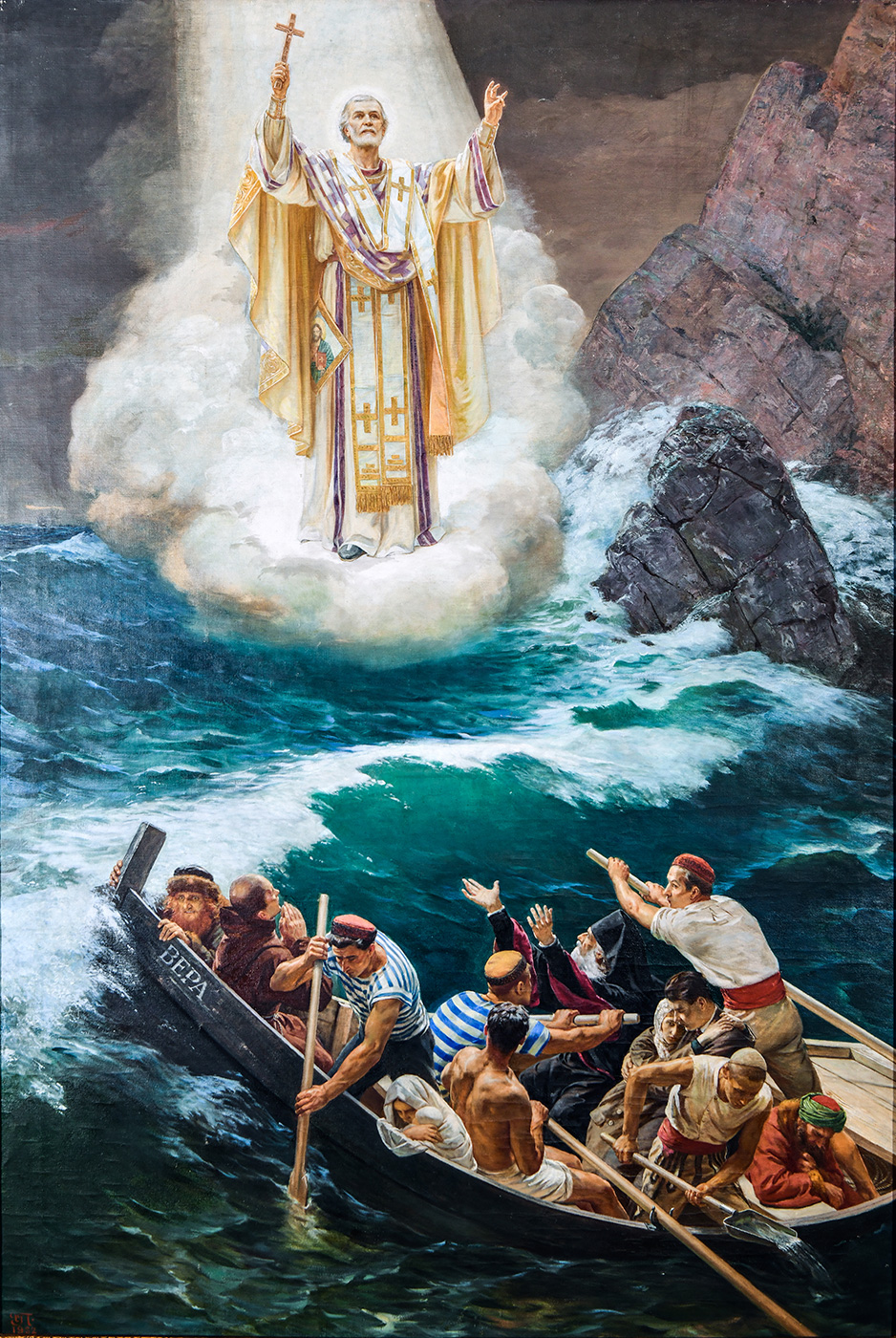
Uroš Predić
Saint Nicholas Rescuing the Shipwrecked, 1932

Pavle Paja Jovanović
The Wounded Montenegrin, 1882
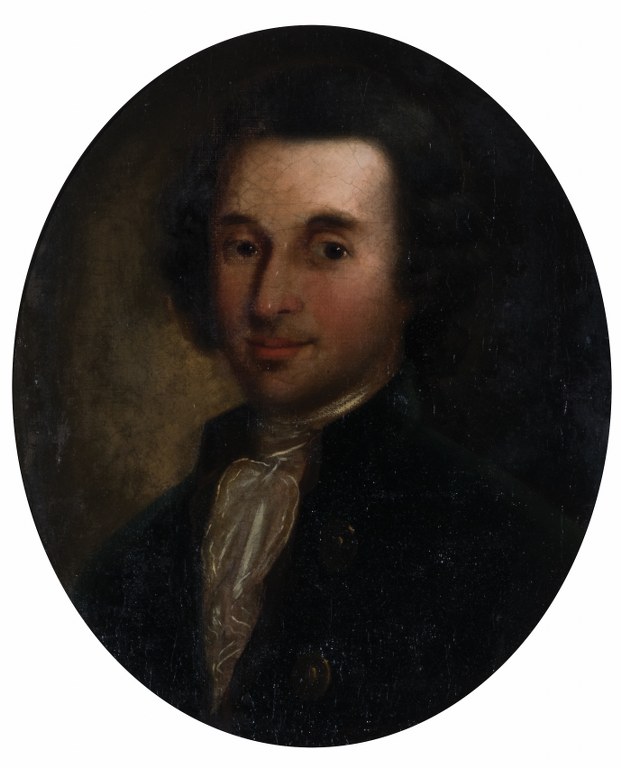
Georgije Tenecki
Young Sava Tekelija, 1785‒1786
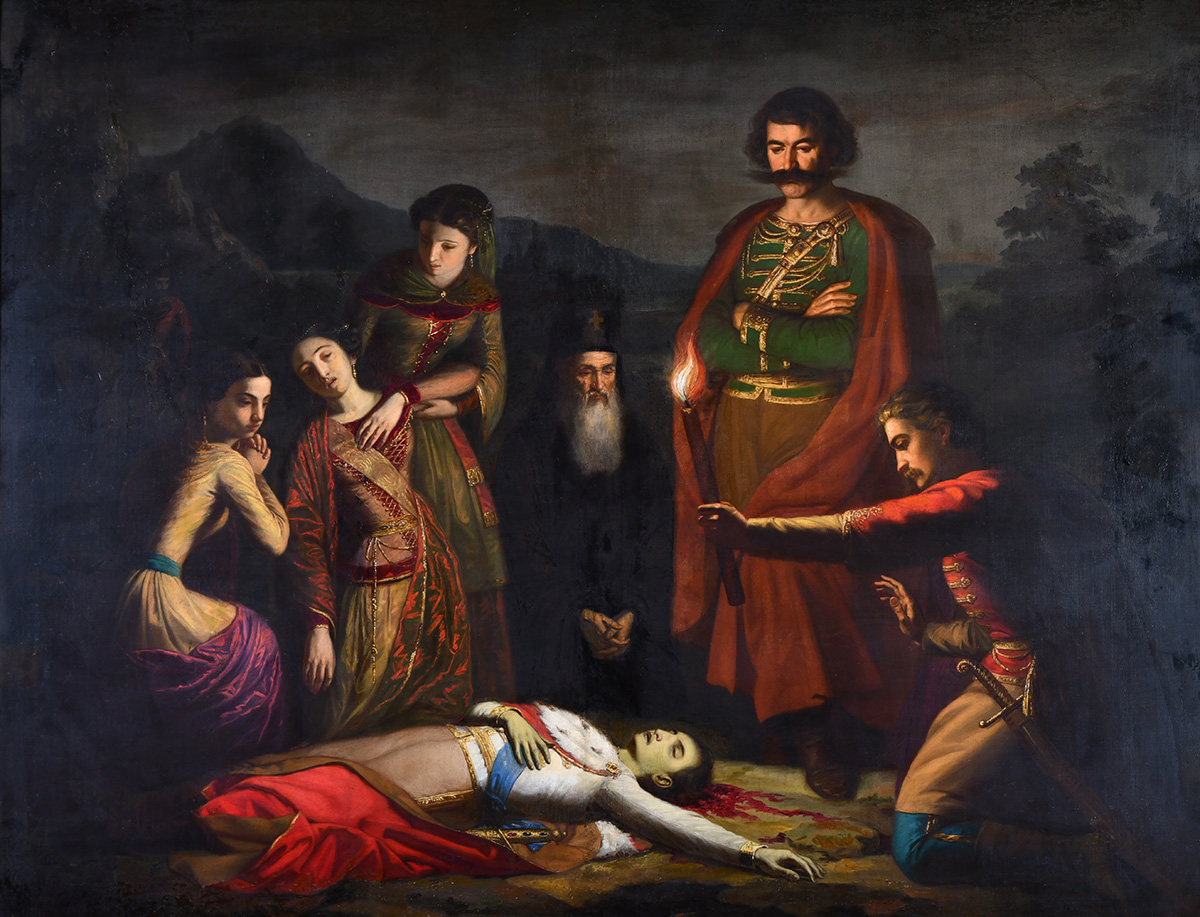
Novak Radonić
Death of Emperor Uroš, 1857

Uroš Predić
Sulking Girl, 1879

Ivan Tabaković
Genius 1929

Sava Šumanović
Woman by the Window, 1924
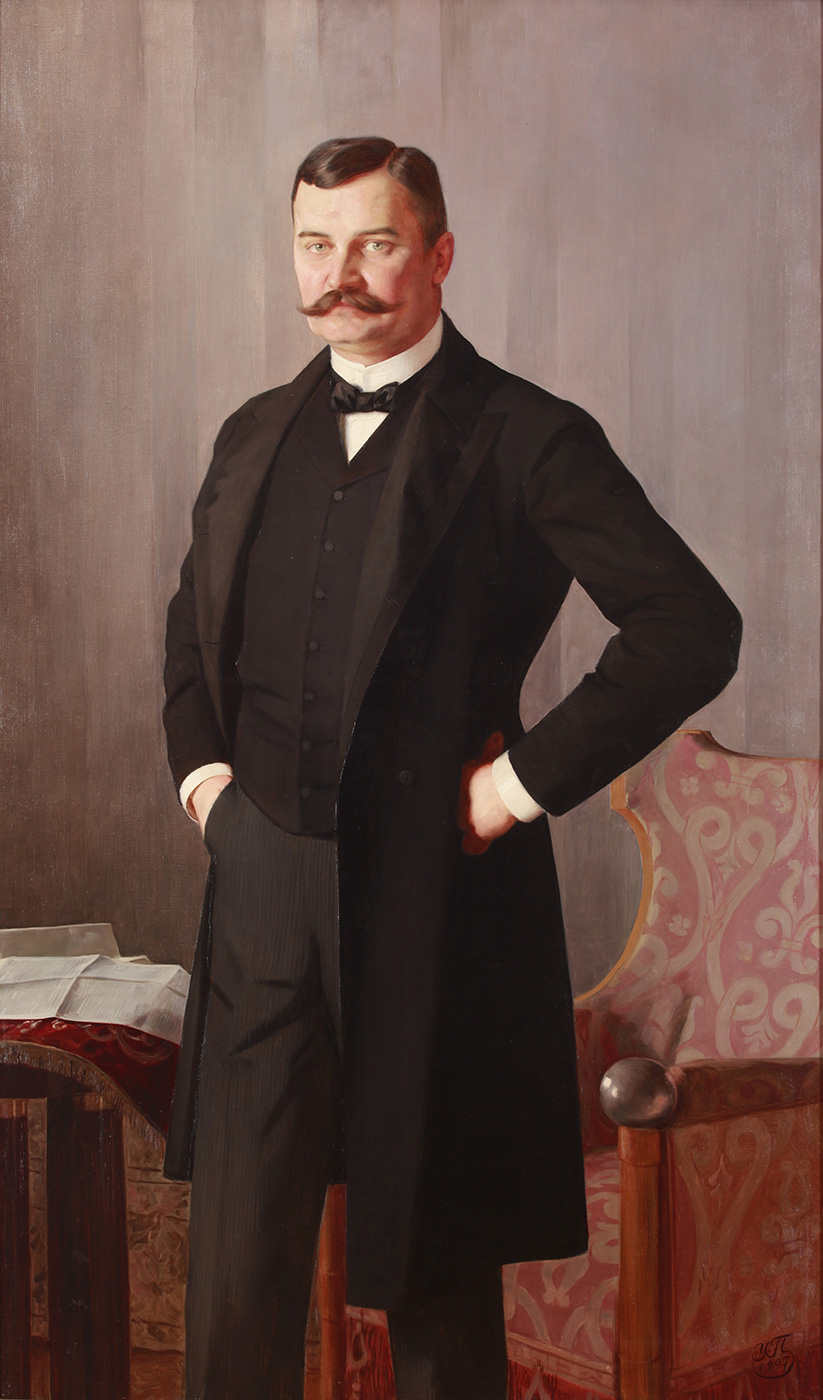
Uroš Predić
Bogdan Dunđerski, Landowner from Stari Bečej, Benefactor of the Matica Srpska, 1907